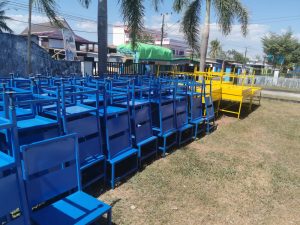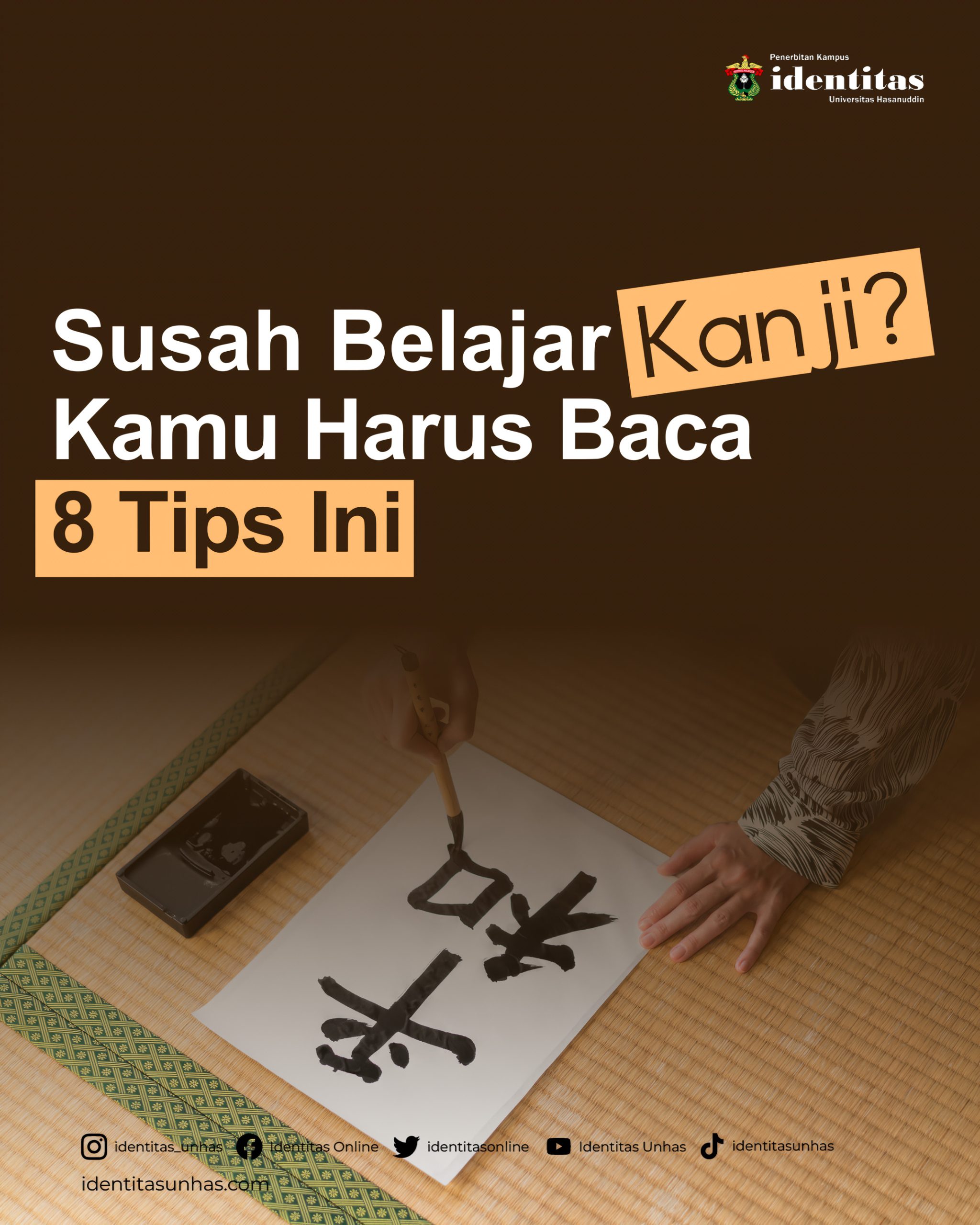Seaweed is one of Indonesia’s export commodities with high economic value and in high demand by many countries. In Indonesia, South Sulawesi is categorised as one of the top seaweed producing regions.
The high economic value of seaweed is due to the complex production process, from seeding to harvesting, which operates on the seashore. Seaweed farmers can spend up to eight hours per day in the field.
During the process, seaweed farmers work with their bodies bent over with the burden on the spine due to squatting for long periods of time. This also has an impact on the level of productivity and health of the seaweed farmers.
From this phenomenon, Professor of the Public Health Faculty (FKM) Hasanuddin University (Unhas), Prof Yahya Thamrin SKM MKes MOHS PhD conducted research entitled “Alat Bantu Ergonomis untuk Pekerja Rumput Laut”. Along with his two teammates, anthropometry expert Dr. Masyitha Muis MS and design expert from Politeknik Negeri Ujung Pandang, Iin Karmila Yusri, created a tool to help seaweed farmers with their health-related work.
Yahya thought of making a tool because he noticed the lack of facilities provided by the government in supporting the work of seaweed farmers. The professor of Occupational Health and Safety (K3) also saw that each farmer worked with a body position that was not ergonomic and could cause prolonged risk of injury.
“In my research, I found that over 60 percent of seaweed farmers experience muscle complaints and back pain. Meanwhile, seaweed farmers bring foreign exchange to their districts. However, the government does not care about the health of the workers,” he said in an interview on Thursday (21/09).
“In the first and second years, we used quantitative studies to collect data. This process took a long time because it was carried out in almost one Takalar Regency,” he said.
Two years later, Yahya and his teammates continued their research in 2022 with the target of collecting data related to what seaweed farmers need. In this third phase, the research uses a mixed method study to obtain more accurate and effective data.
After the three-year research process, the research progressed to the stage of designing and making prototype tools such as chairs and ergonomic tables which then went through a measurement trial process. The tests were conducted to determine the level of strength and success of the ergonomic aids.
“In the fourth year, we made a prototype, designed the tool, and after the tool was finished, we tested the measurements to determine the strength and success rate of the function of each component,” Yahya added.

Furthermore, he said the reason for the tools created from the research process in the form of chairs and tables is to facilitate farmers in processing seaweed without worrying about experiencing pain in the muscles and waist bones. He created this tool specifically for seaweed farmers that can also be adjusted in height according to the wishes of each worker.
“If the child joins the work, the height can be adjusted. This is through anthropometric measurements that are not only the size of adults, but the child can also work too. Also, if they are bored of sitting, they can stand beside the table and even when standing, they are still in an optimal position to work because they don’t bend over,” he said.
The blue chair and yellow table created by Yahya, made of galvanised hologram iron and stainless steel plate, is chosen for their quality and strength to withstand pressure and loads of up to 100 kilograms. The table features a wall at the edge to keep the seaweed from falling to the ground.
Yahya as the lead researcher emphasised there are two benefits of the tool. First, every worker can be healthier and avoid diseases due to high workloads. The second benefit with this tool can be to improve the economy and production of seaweed farmers.
“Both of these benefits are felt by seaweed farmers. However, it is up to the local government whether they want to invest their money or allocate their funds to pay attention to workers in the informal sector who bring foreign exchange to their regions,” he concluded.
There have been three sub-districts in Maros that have received these ergonomic aids to date, namely Bontoa sub-district, Lawu sub-district, and Maros Baru sub-district. Meanwhile, another sub-district, Marusu, is in the process of producing 20 sets.
In the future, Yahya and his team hope that this tool can be beneficial for seaweed farmers in increasing their productivity in the long run.
“Seaweed farmers who don’t have it yet might be able to get attention from the Regional Government by helping them provide these tools and economic design and surely working with us at Unhas,” he concluded.
Read the original version in Bahasa Indonesia.
Original writer: Otto Aditia
Translated by: Nabila Rafiqah Awaluddin & Muhammad Alif M.


